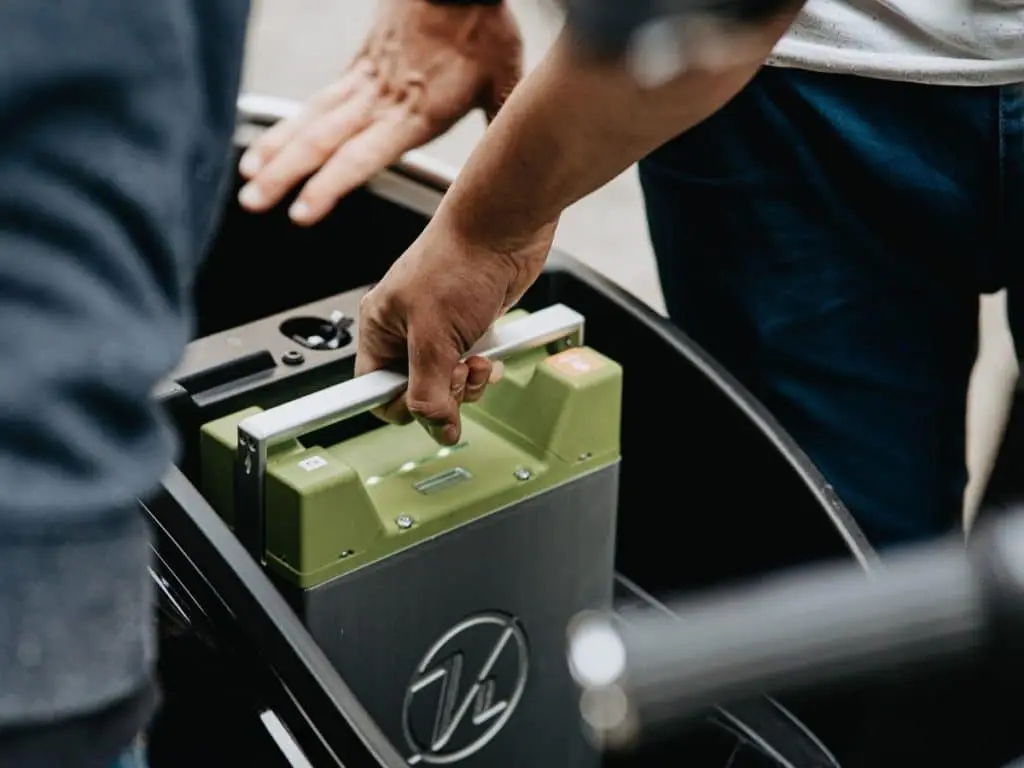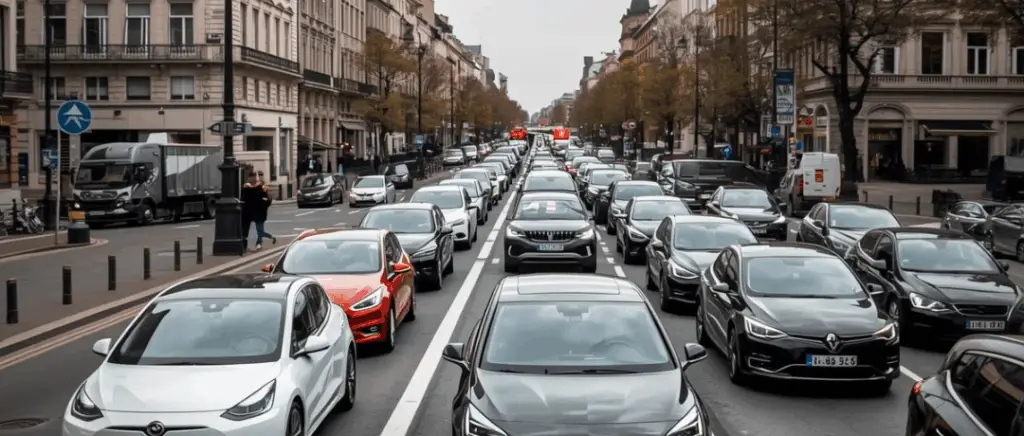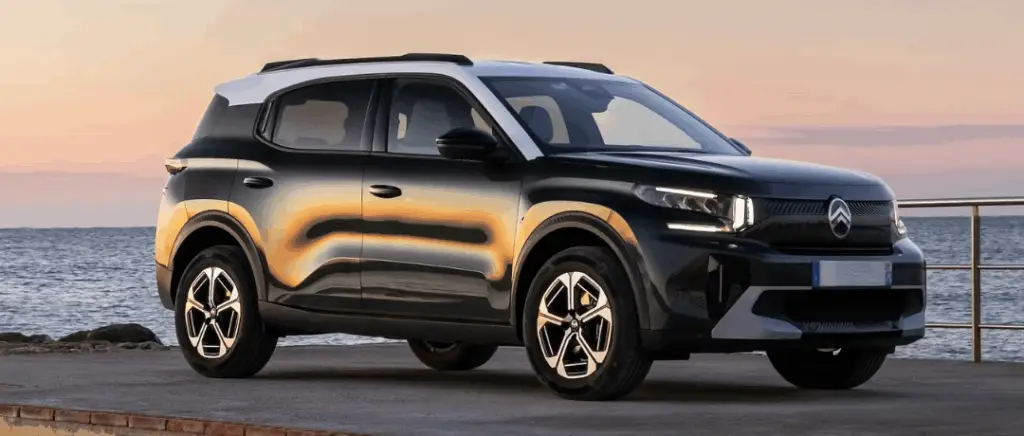Monday to Friday 9am - 12.30pm - 2pm - 7pm
What is the lifespan of a battery electric car?
First of all, it's interesting to look at the average life of a electric vehicle. It is very rare for an electric car battery to reach the end of its life. In other words, its capacity to conserve electricity is 0 %. We therefore consider that a battery should be replaced when it has no more than 70 % of energy conservation capacity, which is around 8 to 10 years old.
At least that's what car manufacturers are recommending. But replacing these batteries doesn't mean throwing them away. They are recovered for use in stationary storage.
Stationary storage enables electricity to be stored on a large scale.
This system makes up for the shortcomings of renewable energy production. Wind and solar power are "intermittent" sources of energy. They depend on external factors that do not guarantee constant production. In this sense, storing energy using stationary storage would make it possible to meet electricity needs when conditions are not favourable for production.
This is one of the major challenges of the future, as we expect 2030 that 40 % of electricity generation be from renewable sources.
Can electric car batteries be recycled? How are they recycled?
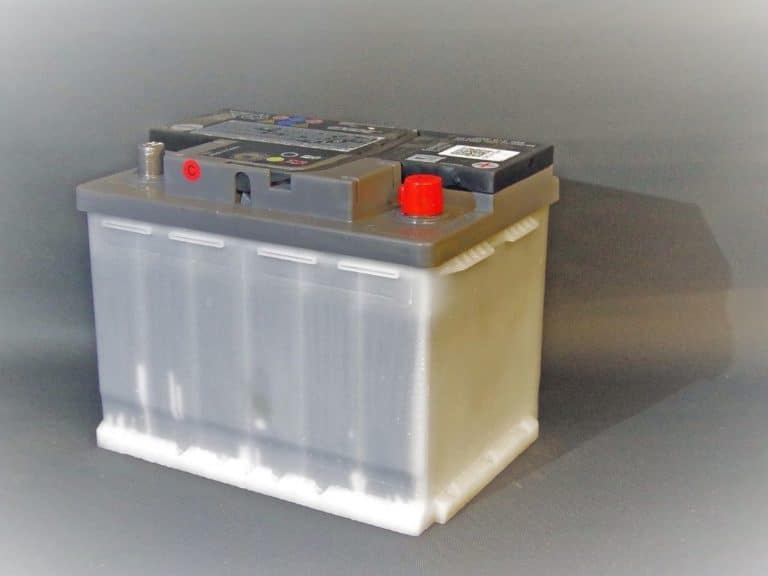
It might seem obvious, otherwise we wouldn't be writing this article, but yes, electric car batteries can be recycled! We've already put you on the track with the previous point. But how can they be recycled?
An electric car battery is not always recycled in the same way as a telephone battery, for example.
There are several stages in the recycling process, which we describe below:
- The battery is first discharged
- We remove the plastic and electronic casing, as well as the aluminium.
- The cells retained in the battery cores are ground into a powder.
- The various metals contained in this powder are extracted and sorted by fire or chemistry.
When recycling a battery, a number of safety measures must be taken. Most of these components are highly flammable and toxic.
The different metal recovery processes
There are two different methods used by recycling plants to extract and sort metals.
- Pyrometallurgy: This method separates the metals by condensation. Lithium battery waste is fed into a furnace. This produces three products:
- dairy products
- ferrous metals
- non-ferrous metals
The slag will be used as road fill and to manufacture rock wool.
Ferrous metals are generally reused in TGV brake discs, for example, while non-ferrous metals need to be refined.
- The hydrometallurgy method: the metals are separated magnetically. This will separate ferrous and non-ferrous metals. The ferrous metals will be used in steelworks, while an acid solution will be applied to the non-ferrous metals to separate the elements destined for the metallurgy sector.
All these processes make it possible to recover the precious elements contained in these batteries, in the form of ingots of raw material.
What can be recycled from a battery?

European regulations now require that at least 50 % of the materials contained in a battery are recycled. Obviously, this percentage is well below what we are capable of recovering.
For a battery weighing 500 kg on average, we recycle 60 % of the total weight in general. This figure may vary depending on the condition of the battery. In France, the battery recycling rate has reached 65 %.
Certain rare metals such as lithiumthe cobaltthe nickel or the copper are recoverable at 90 %.
Recycling electric car batteries: what's at stake?
Today, there are more than 220,000 electric vehicles on the road in France. Each of these vehicles represents a goldmine if recycling is optimised. But why? The electric vehicle market is booming, but it's also full of doubts. Manufacturers such as Tesla are pointing the finger at the crisis linked to Covid, which is making it difficult to obtain supplies of certain materials essential to the production of electric vehicles. These include shortage of semiconductorsBut a shortage of cobalt, another essential element in the construction of electric cars, is also predicted. By recycling batteries as efficiently as possible, we can prevent certain shortages and avoid constantly having to import raw materials.
Another major challenge is to recycle batteries from electric carsThe environmental impact of batteries can be greatly reduced. The components in the battery are the most polluting and the hardest to extract. Their extraction requires enormous resources, both material and human. Their removal often results in pollution of local soil or waterways. So by maximising recycling, we are vigorously reducing our CO2 emissions during the production process. This makes electric vehicles even more environmentally friendly than their internal combustion counterparts.
At the present time, an electric vehicle emits 9 tonnes of CO2 over the entire cycle, compared with 22 tonnes for internal combustion vehicles. The difference is particularly marked in the life cycle, where EVs emit 2.34 tonnes of CO2 compared with 18 tonnes for combustion engines. The shortcoming of electric vehicles compared with combustion engines is in the manufacturing process, where production emits 6.57 tonnes of CO2, including 3.15 tonnes from battery manufacture alone. Reducing the CO2 footprint of an electric vehicle at the production stage would widen the ecological gap with a combustion-powered car and justify its purchase all the more.
Recycling: good for the economy?
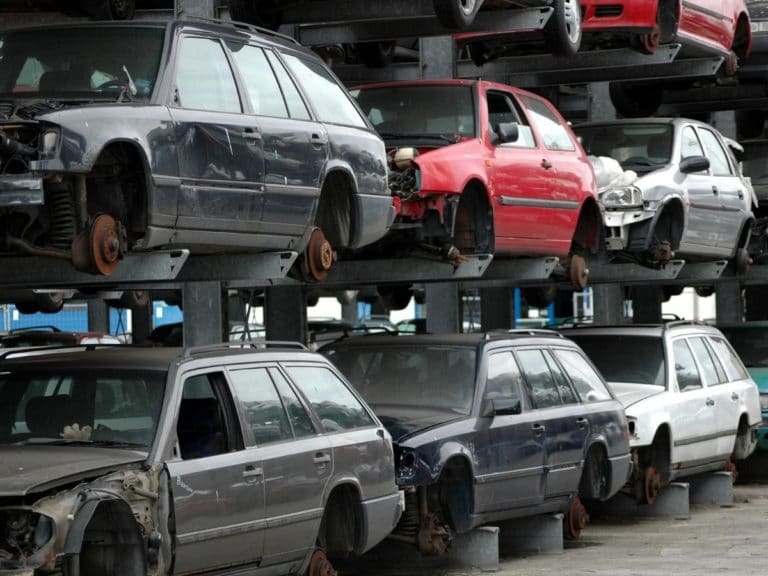
Another advantage of maximising the recycling rate is that it could reduce the cost of electric vehicles in the long term.
Indeed, becoming less dependent on suppliers could help carmakers to reduce their production costs and thus lower purchase prices. It is possible that recycling batteries could reduce demand for lithium by 25 %, cobalt by 35 % and lithium by 55 %. copper. In other words, this is no mean achievement. In this sense, thehe European Commission wants to make it compulsory to use recycled raw materials in production processes from 2030.. We're talking about 12 % of recycled cobalt, 4 % of lithium and 4 % of nickel.
Who is involved in recycling?
Many people have understood the importance of recycling in the automotive sector. Many players have made it their speciality. And that's just as well, because multiple players capable of recycling batteries means more recycled batteries.
One of the founders of Tesla, for example, launched his own recycling plant in Redwood. There is also a start-up in Sweden called NorthVolt who has made it his business.
In France, a major player has entered the field of recycling electric car batteries. This is Oranoa French company specialising in nuclear fuel cycle engineering.
Orano and its industrial partners launch a pilot project to recycle batteries for electric vehicles. Project director Didier David is already predicting that more than 500,000 tonnes of batteries will be recycled by 2030. This figure could swell faster than expected as interest in electric vehicles continues to grow in tandem with environmental concerns.
What are the dangers of recycling?
By recycling electric car batteries, as well as recovering the cells for reuse, we prevent them from ending up in the environment.
This can be particularly dangerous when you consider that these products are highly polluting. They can pollute soil and water, which can damage local flora and fauna. When these components inadvertently come into contact with living beings, they can affect the nervous and digestive systems. Some elements are also highly carcinogenic, harmful to the respiratory system and corrosive to the skin.
One of the most dangerous to nature is probably lithium. This raw materialis highly flammable as well as being toxic. If it catches fire, it gives off smoke that is irritating and toxic to organisms, and is very destructive. Another element that is very dangerous to health is hydrogen fluoride, which is present in smaller quantities in electric vehicles, but is present all the same. If it deteriorates in nature, contact with it can cause eye irritation (conjunctivitis, keratitis, corneal opacities) and respiratory irritation (pharyngitis, laryngitis, chronic bronchial disease, eventually bronchial stenosis, pulmonary stenosis and pulmonary oedema).
In view of all these factors, it is clear that the recycling of electric car batteries is a major issue for the electric car industry in the future. Both for the sector itself and for the environmental issues surrounding it. And the players in the market are well aware of this. That's why measures are being taken on a daily basis by the authorities, both locally and on a large scale with the European Commission. And that's why more and more companies are moving into this field, as we've seen with the Orano project and the Swedish start-up NorthVolt. Battery recycling is a key point that goes beyond a simple ecological initiative. Optimising it could solve the problems of some of the world's biggest car manufacturers.
